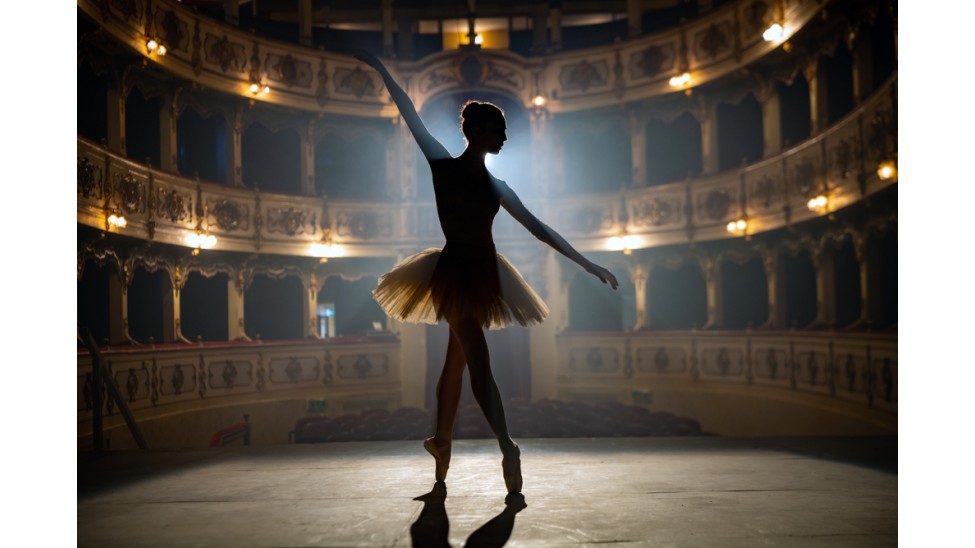
Understanding the Evolution of Professional Gymnastics Wear
Posted on - 25th May 2022
As we’ve previously written, gymnastics is a relatively old sport – with a history that reaches back to the late 19th century. In that time, gymnastics clothes have changed immensely, just as the face of fashion has changed.
In this article, we’re going to be taking you through the history of women’s gymnastics wear, starting from the earliest official competition wear right up to the modern day. Our goal will be to give you an idea of how gymnastics wear has changed as the competition changed. By doing this, our hope is that you will be able to
1908
Unfortunately, women weren’t officially allowed to take part in the earliest Olympic games. However, non-competitive gymnastics displays did nonetheless take place during some of the early games – for example the London Games of 1908. During these displays, female gymnasts performed in a uniform of long sleeve blouses and culotte shorts.
1928
It wouldn’t be until 1928 that women were allowed to officially compete in the Olympic games. During these early events, had exchanged culottes for loose-fitting rompers.
1936
By the time of the 1936 Olympic Games in Berlin gymnastics wear had begun to approach something resembling modernity – although they had not yet adopted the athletic leotard. Many competing teams favoured a combination of a tighter fitting pair of shorts and a sleeveless tank top.
1948
By the time of the 1948 Olympics, gymnastics uniforms further slid into modernity; however, this was not universal. For example, the US women’s team favoured a loosely-fitted leotard with a high neckline and a modest, low-cut leg opening that provided maximum coverage. Meanwhile, the UK team continued to wear a sleeveless romper with loose fitting shorts.
1956
Surprisingly, it was the Soviet Union who first adopted the leotard as part of their team’s uniform. In 1956, Larissa Latynina wore a skin tight, long sleeved leotard similar to the ones available on Olympique today.
1968
Following on from Latynina’s example, more nations began to adopt the leotard as the standard uniform for gymnastics competitions at the Olympics. For example, Cathy Rigby wore a muted, salmon-coloured leotard. This use of plain, muted colours would remain a staple of the competition for the next decade.
1980
It would not be until the 1980s that gymnastics uniforms started to become a lot more expressive, with teams favouring designs with multiple colours, patterns, stripes, and embellishments.
Gymnastics Wear Today
Gymnastics wear has largely remained static since the 1980s. Today, the leotard remains the standard for gymnasts all over the world, with only a few exceptions. At Olympique, we carry a wide assortment of leotards and gymnastics wear – everything from long sleeved leotards to majorette dresses to ice skating dresses.
For more information get in touch with us today!
